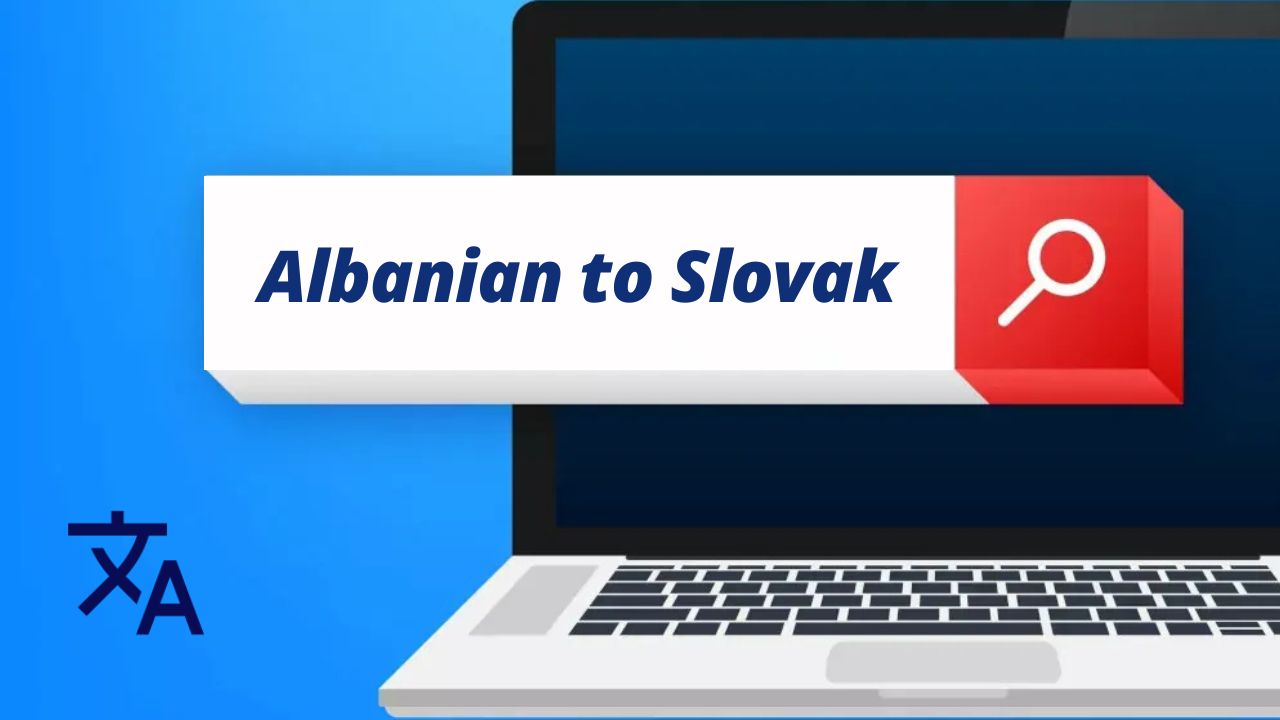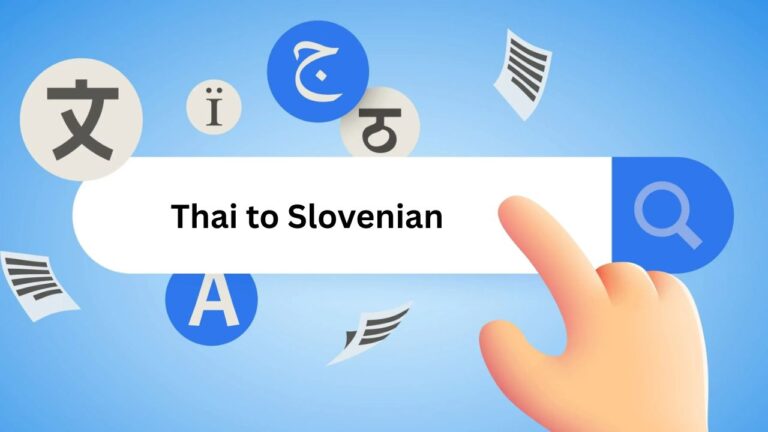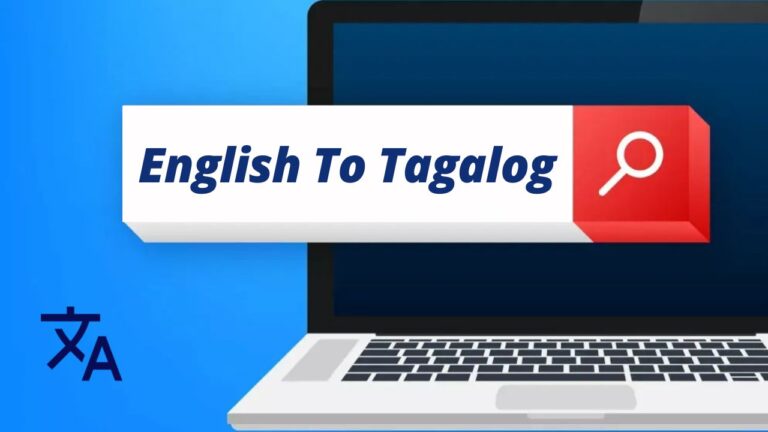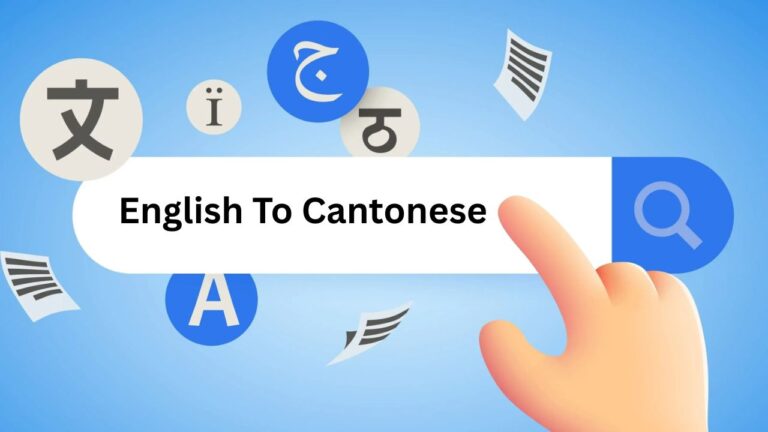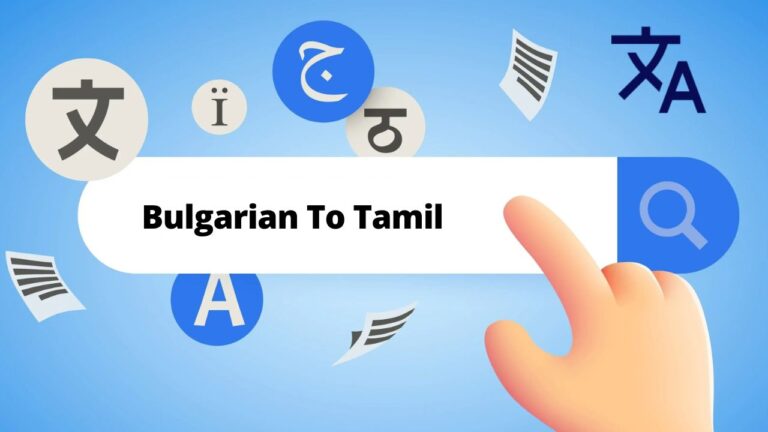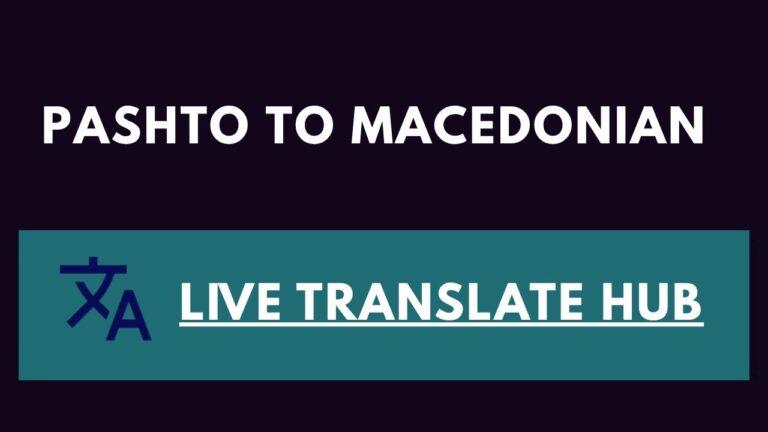Albanian to Slovak Translation
In today’s globalized world, the ability to communicate across languages is an essential skill for businesses, travelers, and even students. Albanian to Slovak translation is a niche but increasingly important area, especially with growing connections between Albania, Slovakia, and other European countries. Whether you’re translating legal documents, business agreements, personal letters, or literature, understanding the nuances of both languages is vital for accurate communication.
Overview of the Albanian and Slovak Languages
- Albanian Language (Shqip):
Albanian is an Indo-European language with two main dialects—Gheg (spoken in the north) and Tosk (spoken in the south). It is the official language of Albania and Kosovo and is also spoken by Albanian communities in North Macedonia, Montenegro, Greece, and the diaspora. - Slovak Language (Slovenčina):
Slovak belongs to the West Slavic branch of the Indo-European language family and is closely related to Czech and Polish. It is the official language of Slovakia and has several dialects, but the standard Slovak used in official and educational contexts is mutually intelligible across regions.
Both languages have different grammatical rules, vocabulary origins, and pronunciation patterns, making Albanian to Slovak translation more challenging than translating between closely related languages.
Challenges in Albanian to Slovak Translation
Translating from Albanian to Slovak is not a simple word-for-word process. Some common challenges include:
- Grammar Differences:
Albanian uses a definite and indefinite form of nouns, while Slovak uses cases (nominative, genitive, dative, accusative, locative, instrumental) to indicate grammatical function. - Vocabulary Origin:
Albanian has influences from Latin, Greek, Turkish, and Slavic languages, while Slovak vocabulary is heavily Slavic. This can make direct translations tricky. - Idiomatic Expressions:
Certain Albanian idioms or proverbs may not have an equivalent in Slovak, requiring creative rephrasing. - Pronunciation and Phonetics:
Albanian has some unique vowel sounds and consonant clusters, while Slovak has soft and hard consonants and specific stress rules.
Uses of Albanian to Slovak Translation
- Business Communication: Contracts, proposals, marketing content.
- Legal Documents: Agreements, court papers, immigration documents.
- Tourism: Travel guides, brochures, and hospitality information.
- Academic: Research papers, study materials, and educational resources.
- Personal Communication: Letters, emails, and social media content.
Tools and Resources for Albanian to Slovak Translation
While human translators remain the most accurate option, there are various tools to help:
- Online Translation Tools: Google Translate, DeepL, and Microsoft Translator.
- Professional Translation Services: Agencies and freelancers specializing in Albanian-Slovak translation.
- Language Learning Apps: Duolingo, Memrise, LingQ for understanding vocabulary and grammar.
- Bilingual Dictionaries: Both physical and online dictionaries for reference.
Tips for Accurate Translation
- Understand the context before translating.
- Use simple, clear sentences to avoid misinterpretation.
- Double-check grammar and spelling.
- Be aware of cultural nuances—what is polite or appropriate in one culture might not be in another.
- When in doubt, consult a native speaker.
Related Queries People Search About Albanian to Slovak Translation
- How to translate Albanian to Slovak online
- Best Albanian to Slovak translation apps
- Professional Albanian to Slovak translators
- Learn Albanian for Slovak speakers
- Learn Slovak for Albanian speakers
- Free Albanian to Slovak dictionary
- Differences between Albanian and Slovak grammar
- Common Albanian phrases in Slovak
- Translate legal documents from Albanian to Slovak
- Albanian to Slovak voice translation
Conclusion
Albanian to Slovak translation is a valuable skill in bridging cultural and linguistic gaps between two distinct European languages. While translation technology has advanced, human understanding of grammar, cultural context, and idiomatic expressions remains essential for accurate and meaningful communication. Whether you are a student, a business owner, or simply curious about languages, investing time in learning or accessing professional translation services can open new opportunities for connection and understanding.

